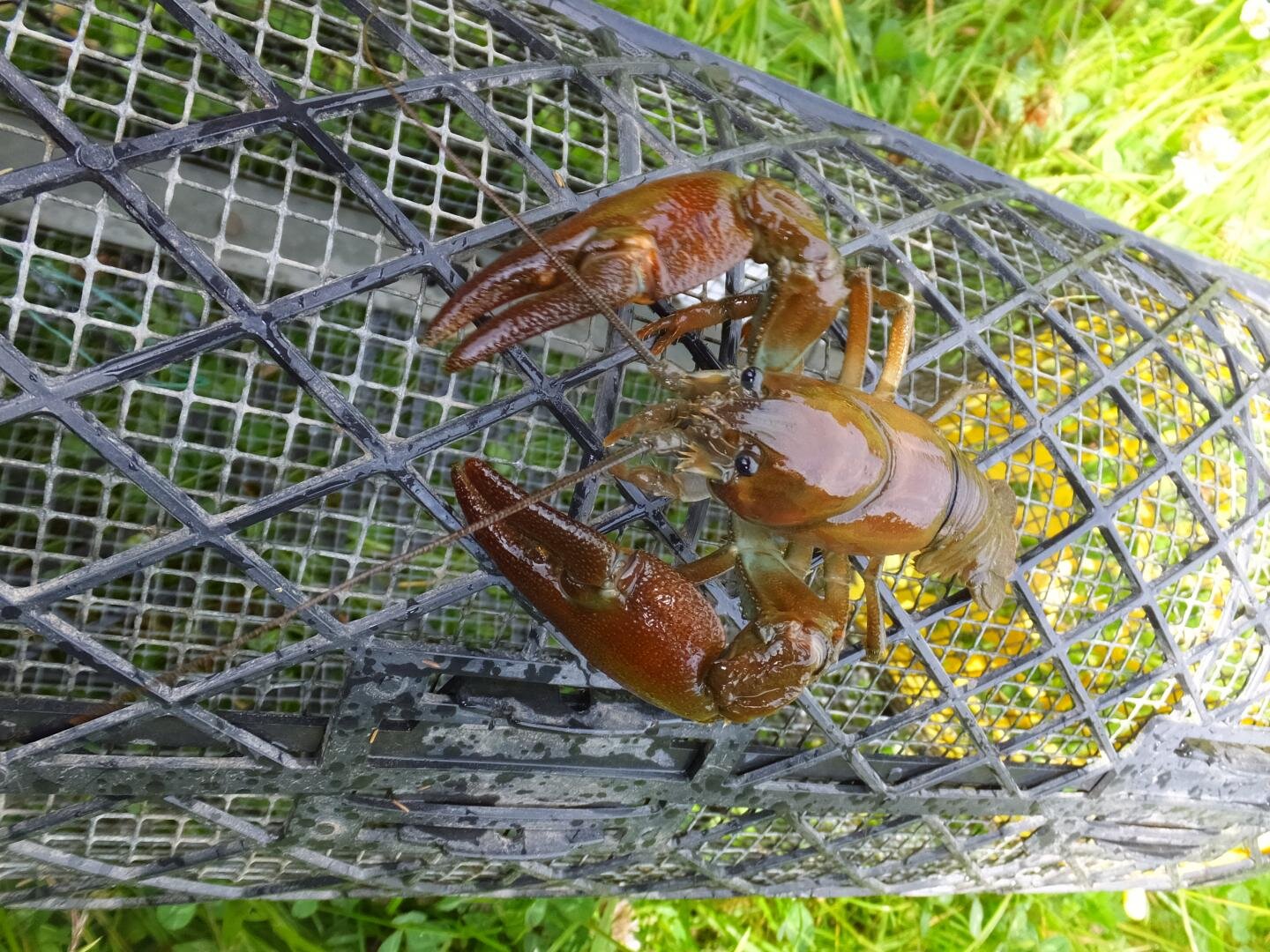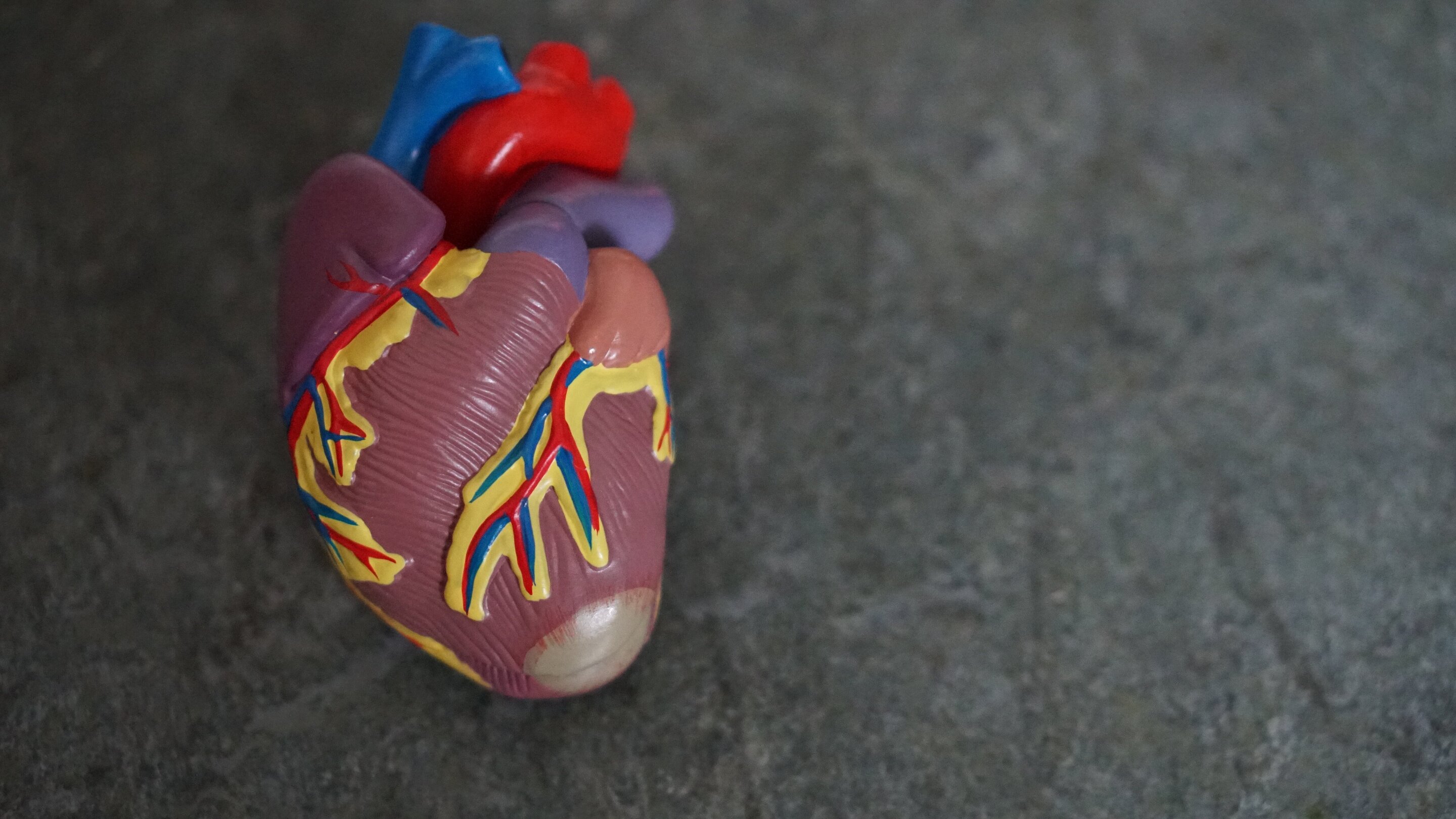#Accelerated bone deterioration in last 70 years at famous Mesolithic peat bog in peril
“#Accelerated bone deterioration in last 70 years at famous Mesolithic peat bog in peril”
 PLOS ONE, CC BY 4.0″ width=”800″>
PLOS ONE, CC BY 4.0″ width=”800″>Alarming results from a 2019 survey of well-known archaeological site Ageröd reveal drastic bone and organic matter deterioration since the site’s initial excavations in the 1940s, suggesting action is needed to preserve findings from Ageröd and similar sites, according to a study published July 29, 2020 in the open-access journal PLOS ONE by Adam Boethius from Lund University, Sweden, and colleagues.
Archaeologists need organic remains like bone and plant matter to reconstruct ancient human cultures and environments; however, organic matter is only preserved under specific conditions, becoming rarer as sites deteriorate due to environmental change like drainage and pollution. Boethius and colleagues here attempt to measure and analyze this phenomenon using the well-known Swedish Mesolithic peat bog site Ageröd I (8700-8200 cal BP), uncovered in the 1930s with excavations in the 1940s and 1970s, and renowned for its abundant and well-preserved quantities of bone and flint.
In 2019, the authors and colleagues excavated five test pits (five square meters total) at Ageröd, near areas containing the greatest number of remains as found in previous excavations. They then compared 61 bone, tooth, and antler fragments (as determined to the species or family level) uncovered in the test pits with 3716 bone fragments previously retrieved during the 1940s and 1970s excavations.
Osteological analyses of the bone remains from 2019 as compared with those found in the 1940s and 1970s indicate that bones at Ageröd have suffered accelerated deterioration over the last 75 years, with measured bone weathering averages going from 2.8 in the 40s (hard, heavy bones with occasional cracks) to 3.4 in the 70s (lighter bones with bigger cracks and interior exposure) to 3.7 in 2019 (light and heavily eroded bones, outer surface loss). More worryingly, complete destruction of some bones was suggested in this latest excavation, which uncovered no smaller fur game bones or bird bones, in contrast to earlier excavations—likely because small mammals and birds have smaller, lighter bones that break down faster than heavier bones. The authors also detected oxidized pyrite in the bones from 2019, in contrast to those from the 40s and 70s (which showed only non-oxidized pyrite). This suggests that oxygen was re-introduced into the bog environment between the 1970s excavations and 2019, destabilizing the typically anoxic bog conditions and permitting pyrite to oxidize and produce sulphuric acid (which drops soil pH and damages organic matter) as a by-product.
Although the 2019 excavation was much smaller in scope than previous excavations—in part to help limit further potential destruction at the site—the careful location of the test pits suggests the decay and loss of bone remains documented here is likely indicative of issues occurring across Ageröd. The authors note that Ageröd has not been subjected to more or heavier encroachment than most other archaeological sites, raising concerns as to the state of preservation in similar sites. They note that though Ageröd still holds significance, it has already lost many of its unique preservation properties—and if future steps to protect the site are not taken, then the organic remains preserved in its peat bog for 9000 years will soon be lost forever.
The authors add: “The fact is that we know very little of the state of our buried archaeological remains from most areas, but we are increasingly becoming aware of their rapid destruction. Unfortunately, this destruction is not only a matter of connecting the present with long lost ancient cultures or societies, as an interest of the ancient past. The record being destroyed is also a long-term perspective database which, if properly used, can help us create models of future environmental scenarios. Especially if going back to periods after the last Ice Age when the climate experienced rapid changes in global warming while human groups started to affect their local environment at much higher levels than previously seen. Unfortunately, the older the remains, the rarer and more vulnerable they become and if the pattern observed at Ageröd is similar in other areas we are in an extreme hurry to remedy the situation and recreate soils that allow organic preservation or, indeed, excavate the remains. If we do nothing, wait and hope for the best it is likely that the archaeo-organic remains in many areas will be gone in a decade or two. Once it is gone there is no going back and what is lost will be lost forever. It is worth considering, especially given recent advances in archaeological molecular science, i.e. aDNA and stable isotopes etc. If the organic remains deteriorate, these type of analyses will not be possible to do anymore and given the information we are now generating from them it will be a devastating blow to our understanding of ancient cultures, diet and subsistence strategies, migration and mobility etc.”
More information:
Boethius A, Kjällquist M, Magnell O, Apel J (2020) Human encroachment, climate change and the loss of our archaeological organic cultural heritage: Accelerated bone deterioration at Ageröd, a revisited Scandinavian Mesolithic key-site in despair. PLoS ONE 15(7): e0236105. doi.org/10.1371/journal.pone.0236105
Accelerated bone deterioration in last 70 years at famous Mesolithic peat bog in peril (2020, July 29)
retrieved 29 July 2020
from https://phys.org/news/2020-07-bone-deterioration-years-famous-mesolithic.html
This document is subject to copyright. Apart from any fair dealing for the purpose of private study or research, no
part may be reproduced without the written permission. The content is provided for information purposes only.
If you want to read more Like this articles, you can visit our Science category.
if you want to watch Movies or Tv Shows go to Dizi.BuradaBiliyorum.Com for forums sites go to Forum.BuradaBiliyorum.Com



